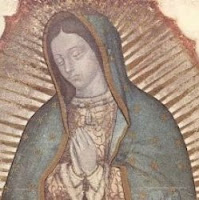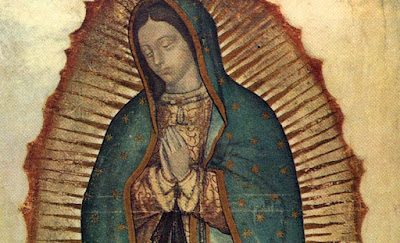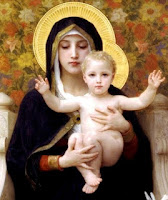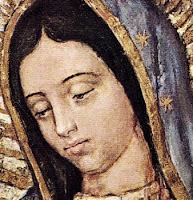Our Lady of Guadalupe’s Loving Message to the World

Our Lady of Guadalupe first appeared to Juan Diego, an humble Indian convert, on December 9th, 1531. According to the account, Our Lady instructed Juan Diego to tell Bishop Juan de Zumárraga to build a chapel in her honor where the faithful could pray and receive miracles. Our Lady’s message to humanity is one of peace, hope and love. May we heed her words and love God ever more deeply. "Hear me and let it penetrate your heart…do not be troubled or weighed down with grief. Do not fear any illness or vexation, anxiety or pain. Am I not here who am your Mother? Are you not under my shadow and protection? Am I not your fountain of life? Are you not in the folds of my mantle? In the crossing of my arms? Is there anything else you need? Do not grieve nor be disturbed…" Our Lady’s words to Juan Diego ________________________________ Prayer to Our Lady of Guadalupe Our Lady of Guadalupe, Mystical Rose, make intercession for holy Church, protect the sovereign Pontiff,






